Being familiar with the different cuts of meat that are out there is a really useful skill to have. For one, you look smart and informed at the butcher shop. It’s also helpful to know when you’re getting a good deal at the grocery store. Not all cuts of meat are created equally, and understanding the quality of eat cut can help you identify great deals at the market and better plan your meals.
Today we’re going to focus on beef. There are 9 basic primal cuts on a cow, and each one provides different cuts of meat with various properties and flavors. They’re pretty easy to remember, but if you prone to forgetfulness, you could always wear a cheat sheet.
The 9 Primal Cuts of Meat
1. Chuck
Chuck is from the front upper section of the cow, which gets a lot of movement. As such, the chuck cut of meat is a very lean, non-fatty cut that can be pretty tough. You usually see chuck cut as chuck eye steak, shoulder steak, chuck 7-bone, and boneless short ribs. These cuts are not so great for grilling or searing, as they’d be too tough to chew through. What they are good for, though, is a pot roast.
2. Rib
The next cut of meat we’re talking about is the rib. It’s pretty obvious how you’d go about cooking ribs – especially if you’ve ever eaten bar-b-que ribs. Aside from that, ribeye steaks are a common cut from the rib and work great when they’re pan seared or cooked in the oven. Ribeye steak is considered one of the better cuts of meat because it has a good balance of muscle and fat, which creates a lot of flavor and juiciness.
3. Short Loin
The short loin cut makes up the upper, middle section of the cow and it’s also another cut that makes for a great steak. This is where you see Porterhouse, T-Bone, and Top Loin steak, all of which has a similar makeup to ribeye, with a good combo of muscle and fat. Shortloin also makes for a good roast, so you’ll also see tenderloin roast fall into this cut.
4. Sirloin
Sirloin is also on the upper, middle section of the cow, but it sits slightly behind the short loin. The three main cuts that you get from sirloin are: top sirloin steak, tri-tip steak, and tri-tip roast. Tri-tip steak is similar to the tenderloin on a porterhouse, but not as good quality. Tri-tip roast is obviously good for roasting, and top sirloin steak works well when it’s pan fried (just be careful not to overcook it).
5. Round
The round cut of meat consists of the rear section of the cow. This area gets a lot of work from the animal, so it’s understandably a tougher cut of meat. Like the chuck, you’re going to want to use this for roasts, stews, and anything that you can cook for a long period of time at a lower temperature. This is also where butchers will get hamburger meat, since it’s lean and easy to ground up.
6. Brisket
Brisket is found at the front, lower section of the cow – just under the chuck. This cut is very tough and basically produces a brisket flat cut. It can be difficult to cook if you don’t know what you’re doing. And again, cooking it for a long time at a lower temperature is going to be your best bet. Brisket, however, can be delicious is cooked properly, as this is what pastrami is made from.
7. Fore Shank
The foreshank is a primal cut of meat right underneath the front legs, behind the brisket. This cut is made up almost entirely of muscles and tendons and is not going to work well as a grilled pan fried steak. For this cut, your best bet is to braise it, as a long slow cook time is really the only way to get the meat tender enough to be easy to chew.
8. Short Plate
The short plate primal cut is basically the underbelly of the cow. It stretches from the front legs to just before you hit the hind legs on the lower section of the animal. While these cuts tend to also be a little tough, they’re extremely rich in flavor because of its location on top of the side rib bones and it’s generous fat layers. Skirt steak and Hangar steak come from this area, and work best when they’re braised and cooked for a long time.
9. Flank
The last primal cut is the flank, and it sits behind the short plate just behind the hind legs. The flank cut is where you get flank steak. Easy enough, right? If cooked properly, the flank steak can be just as flavorful as a ribeye, and it usually costs a lot less. Flank steak is great marinated overnight (which can help tenderize it a little before you cook it) and grilled or pan fried.

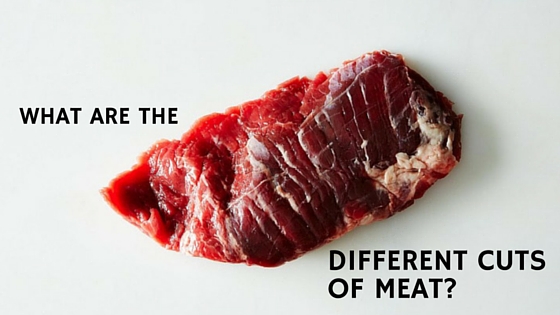

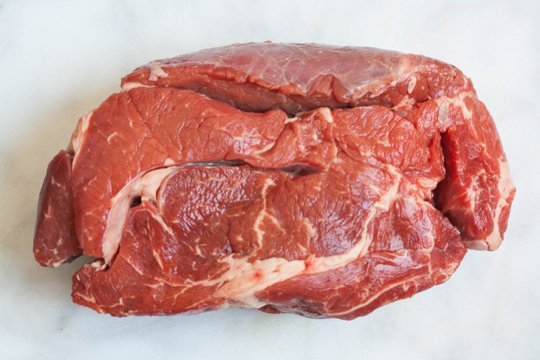
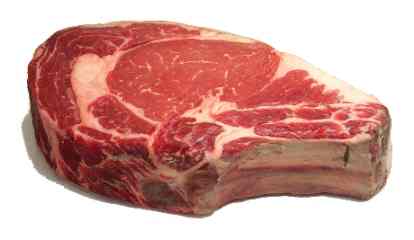
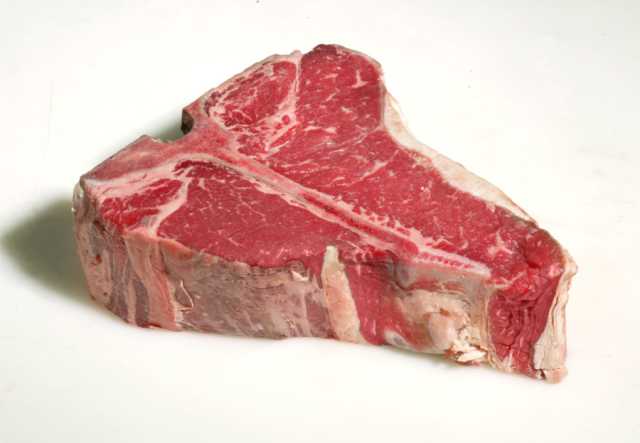
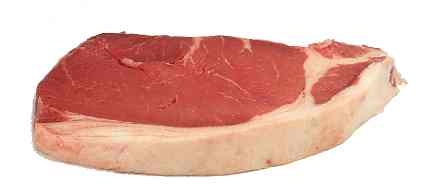
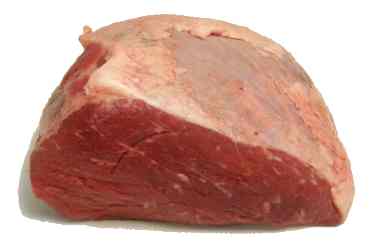
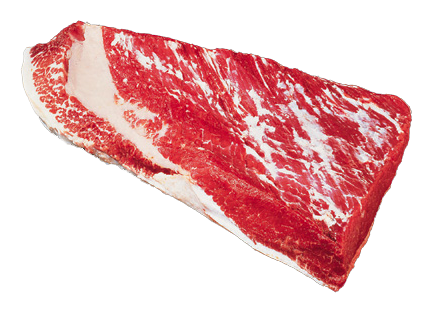
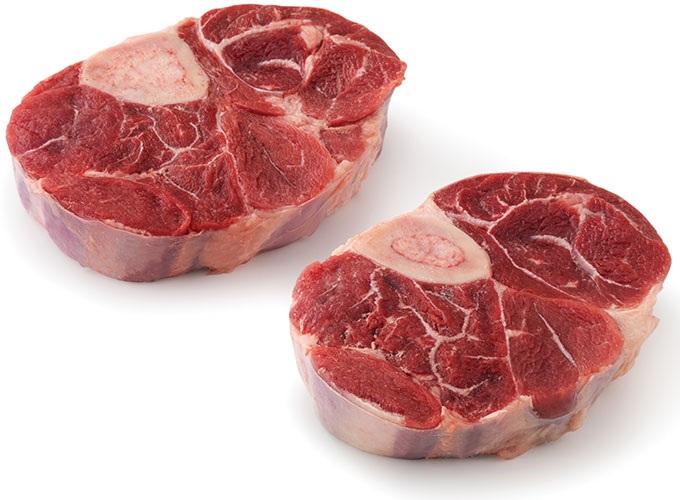
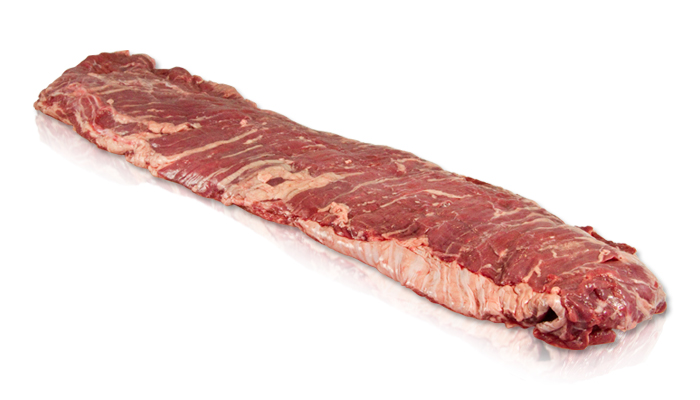
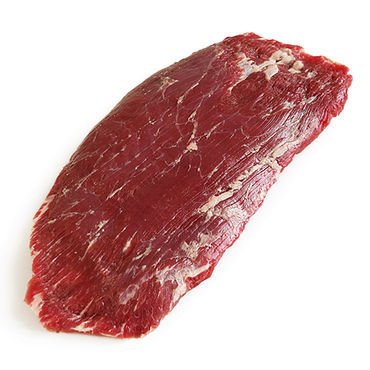



Iam excited to learn more of these different types of cuts of beef meat.
I kindly ask to know how to cook each part of them all 8